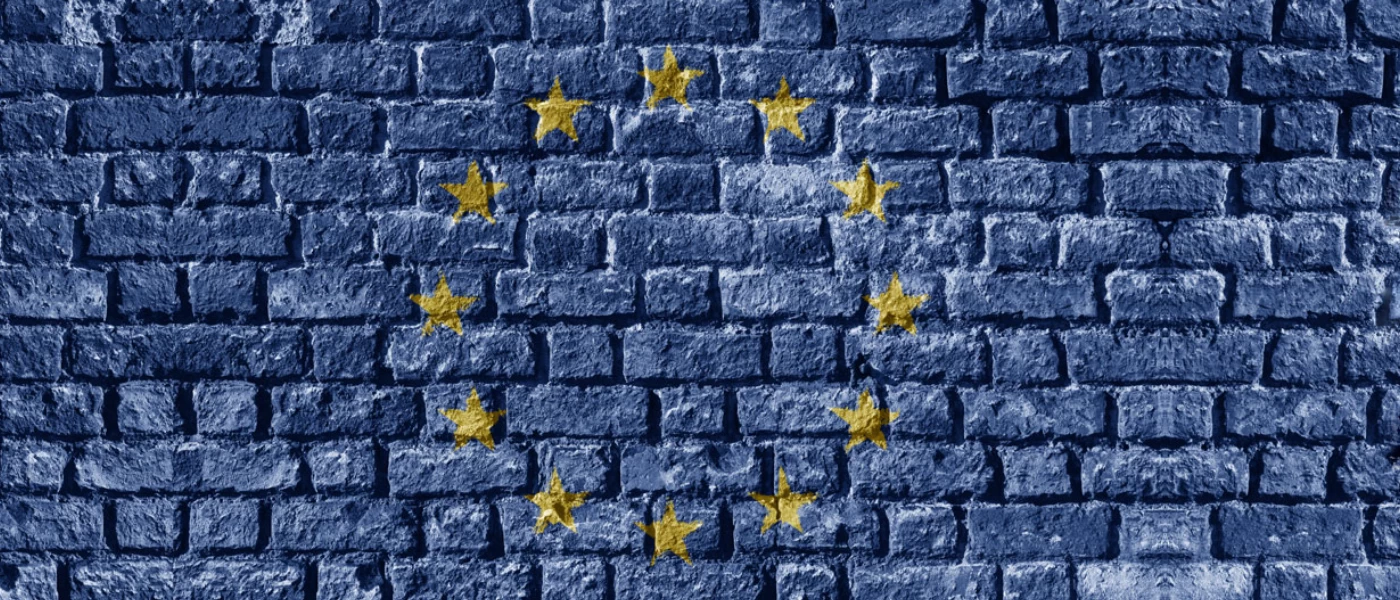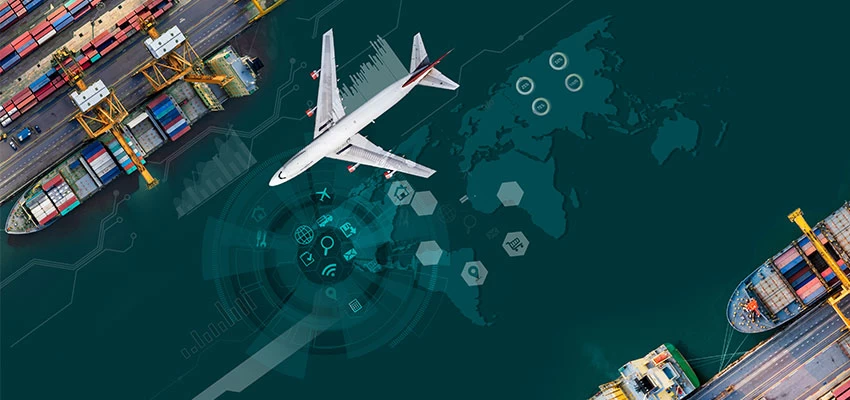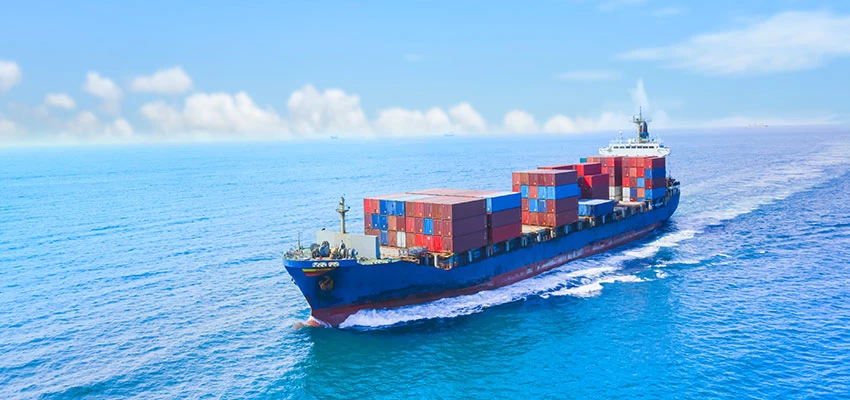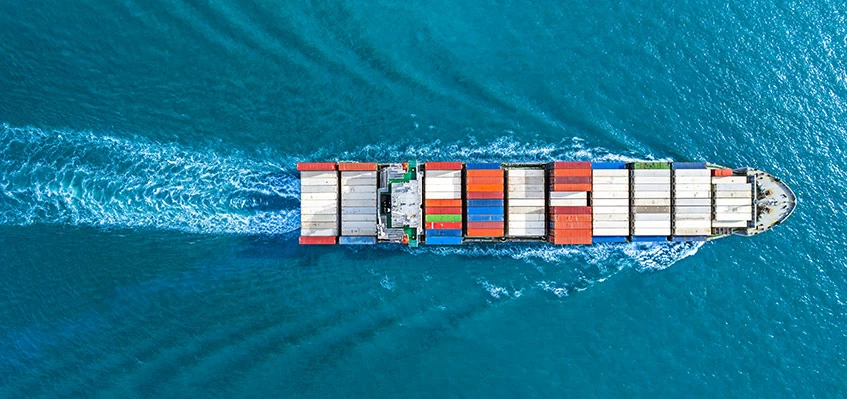Anti-dumping duty on the import of product cannot exceed the margin of dumping. Dumping margin is the difference between normal value and export price and is specific to the exporter concerned. Normal value means selling price in the domestic market of the exporting country in the ordinary course of trade. However, for some WTO member countries where non-market economy conditions prevail, normal value may not be determined based on actual domestic selling price of the exporter. Normal value for such countries would be determined based on ‘non-market economy methodology’.[1]
China became a member of the WTO on 11th December 2001 and agreed for application of ‘non-market economy methodology’ for the purpose of anti-dumping investigations conducted by importing members. Paragraph 15(a) of Protocol on the Accession of the People's Republic of China (‘Accession Protocol’) allowed use of:
“a methodology that is not based on a strict comparison with domestic prices or costs in China if the producers under investigation cannot clearly show that market economy conditions prevail in the industry”
Application of non-market economy methodology normally results in higher dumping margin and may lead to higher anti-dumping duty rate on imports. Articles 2(1) to 2(6) of the EU Regulation 2016/1036 of 8th June 2016 (‘the Basic Anti-dumping Regulation’) provided rules for determining normal value in anti-dumping proceedings. Article 2(7) of the Basic Anti-dumping Regulation provided for use of the non-market economy methodology for the calculation of normal value for imports from China and other specific countries.[2] As per the non-market economy methodology provided under Article 2(7)(a), normal value for export shall not be determined based on actual prices and cost in the exporting country but on the basis of prices or constructed value in a market economy third country or other methods prescribed therein. Article 2(7)(a) noted:
“In the case of imports from non-market-economy countries (1), the normal value shall be determined on the basis of the price or constructed value in a market economy third country, or the price from such a third country to other countries, including the Union, or, where those are not possible, on any other reasonable basis, including the price actually paid or payable in the Union for the like product, duly adjusted if necessary to include a reasonable profit margin.”
On 12th December 2016, China initiated WTO Dispute Settlement proceedings against the EU and claimed that Articles 2(1) to 2(7) of the EU Regulation are inconsistent with the Articles 2.1 and 2.2 of the Anti-Dumping Agreement, which provides for the determination of normal value based on actual domestic selling price and cost of the exporter.[3] China contended that Paragraph 15(a)(ii) of the accession protocol, which allowed the application of the non-market economy methodology, expired on 11th December 2016.[4]
To overcome the issue of the alleged expiry of Paragraph 15(a)(ii) and the probable illegality of the continuation of non-market economy methodology vis-à-vis China, the EU amended its Basic Anti-dumping Regulation on 12th December 2017.[5] Through this amendment, the EU introduced Article 2(6a) and amended Article 2(7). The amendment revised the rules permitting application of non-market economy methodology vis-à-vis specific countries including China. The new Article 2(6a) provided that:
“In case it is determined, when applying this or any other relevant provision of this Regulation, that it is not appropriate to use domestic prices and costs in the exporting country due to the existence in that country of significant distortions within the meaning of point (b), the normal value shall be constructed exclusively on the basis of costs of production and sale reflecting undistorted prices or benchmarks”
Thus, in accordance with Article 2(6a) of the EU Basic Regulation, normal value will not be determined based on actual domestic selling price if there is evidence of ‘significant distortions’. Point (b) of Article 2(6a) defines ‘significant distortions’ as:
“those distortions which occur when reported prices or costs, including the costs of raw materials and energy, are not the result of free market forces because they are affected by substantial government intervention”.
For determination of undistorted normal value, Article 2(6a) permitted use of information on prices obtained from a market economy third country as it did in the case of the non-market economy methodology under erstwhile Article 2(7)(a). It notes:
“The sources the Commission may use include:
— corresponding costs of production and sale in an appropriate representative country with a similar level of economic development as the exporting country, provided the relevant data are readily available; where there is more than one such country, preference shall be given, where appropriate, to countries with an adequate level of social and environmental protection.”
Thus, by way of the 12th December 2017 amendment, the EU has effectively created a possibility whereby actual domestic selling price information can be rejected for determining normal value in case of anti-dumping investigations against imports from any country where there are significant distortions of prices and costs. The revised EU Regulations does not single out China owing to specific provisions in its Accession Protocol.
Existing anti-dumping duties in force on imports from any country including China by the EU based on Article 2(7) were not withdrawn as a result of this amendment. For this purpose, saving clause in Articles 11(3) and 11(4) of the EU Basic Anti-dumping Regulation was introduced, which provided that the anti-dumping duty already in force based on the normal value calculated pursuant to the erstwhile Article 2(7) will not be affected until the initiation of the first expiry review proceedings.
While, it remains unclear from the text of Article 2(6a) itself that how analysis of ‘significant distortions’ would be carried out in case of anti-dumping investigations, it is clear that the revised EU law aims to achieve the same end-result indirectly because it may no longer be permissible under the WTO obligations to do it directly.[6] The revised EU law also opens up a possibility whereby exports from other countries, for example, export from countries like India, can also be subject to this unfavourable methodology traditionally reserved for countries like China. Another important change in the EU Basic Anti-dumping Regulation and cause of concern for exporting countries is the linking of the use of ‘lesser duty rule’ to the ‘distortions’ rule, which was introduced in the EU Basic Anti-dumping Regulation on 30th May 2018.[7]
The EU, like India, follows a lesser duty rule in case of anti-dumping investigations. As per this rule, the amount of anti-dumping duty on import should not exceed the margin of dumping or margin of injury, whichever is lesser. There were no exceptions to the application of this lesser duty rule prior to 30th May 2018.[8] However, Point (2a) was inserted in Article 7, which provides that:
“2a. When examining whether a duty lower than the margin of dumping would be sufficient to remove injury, the Commission shall take into account whether there are distortions on raw materials with regard to the product concerned.
For the purposes of this paragraph, distortions on raw materials consists of the following measures: dual pricing schemes, export taxes, export surtax, export quota, export prohibition, fiscal tax on exports, licensing requirements, minimum export price, value added tax (VAT) refund reduction or withdrawal, restriction on customs clearance point for exporters, qualified exporters list, domestic market obligation, captive mining if the price of a raw material is significantly lower as compared to prices in the representative international markets”
Thus, the lesser duty rule may not be applied by the EU if there is distortion of raw material prices. As already noted, ‘significant distortions’ under Article 2(6a) can occur due to distortion of raw material prices. Thus, it seems that in anti-dumping investigations, the EU may determine the existence of ‘significant distortions’ and may construct normal value based on market economy third country or other methodology not based on actual costs and prices of the exporter. In such cases, the EU may also determine that the benefit of lesser duty rule would not be available to exporters and duty equal to the dumping margin would be imposed on imports even if injury margin is lesser than the dumping margin.
It requires to be seen how the EU has implemented the revised rules in recent anti-dumping determinations against China and other countries and is there any visible change in obligations of the exporters, determinations of dumping margin and consequent imposition of anti-dumping duty on imports from China and other countries.
[The author is an Associate in International Trade Practice, Lakshmikumaran & Sridharan, New Delhi]
- [1] ‘Non-market economy’ term is not defined in Anti-dumping Agreement. However, Ad Note to Article VI of GATT 1994 recognizes that, in the case of imports from a country which has a complete or substantially complete monopoly of its trade and where all domestic prices are fixed by the State, special difficulties may exist in determining price comparability for the purposes of paragraph 1, and in such cases importing contracting parties may find it necessary to take into account the possibility that a strict comparison with domestic prices in such a country may not always be appropriate.
- [2] Article 2(7) of the EU Basic Regulation also provided for Albania, Armenia, Azerbaijan, Belarus, Georgia, Kyrgyzstan, Kazakhstan, Moldova, Mongolia, North Korea, Tajikistan, Turkmenistan and Uzbekistan, Vietnam as non-market economy countries.
- [3] WT/DS516
- [4] Panel Report is not issued in this dispute because China requested the panel to suspend its proceedings on 7th May 2019 in accordance with Article 12.12 of the Understanding on Rules and Procedures Governing the Settlement of Disputes.
- [5] Regulation (EU) 2017/2321 of the European Parliament and of the Council of 12 December 2017 Amending Regulation (EU) 2016/1036 on protection against dumped imports from countries not members of the European Union and Regulation (EU) 2016/1037 on protection against subsidised imports from countries not members of the European Union (OJ L 338, 19.12.2017, p. 1–7).
- [6] The consistency of revised EU law with WTO obligations is not known and cannot be assured in absence of any WTO Panel or Appellate Body Report on this aspect.
- [7] Regulation (EU) 2018/825 of the European Parliament and of the Council of 30 May 2018 (OJ L 143, 7.6.2018, p. 1–18).
- [8] The application of lesser duty rule allowed exporting countries like China, which were subject to non-market economy methodology for dumping margin determination, to escape high anti-dumping duty based on dumping margin when the injury margin was lower.












